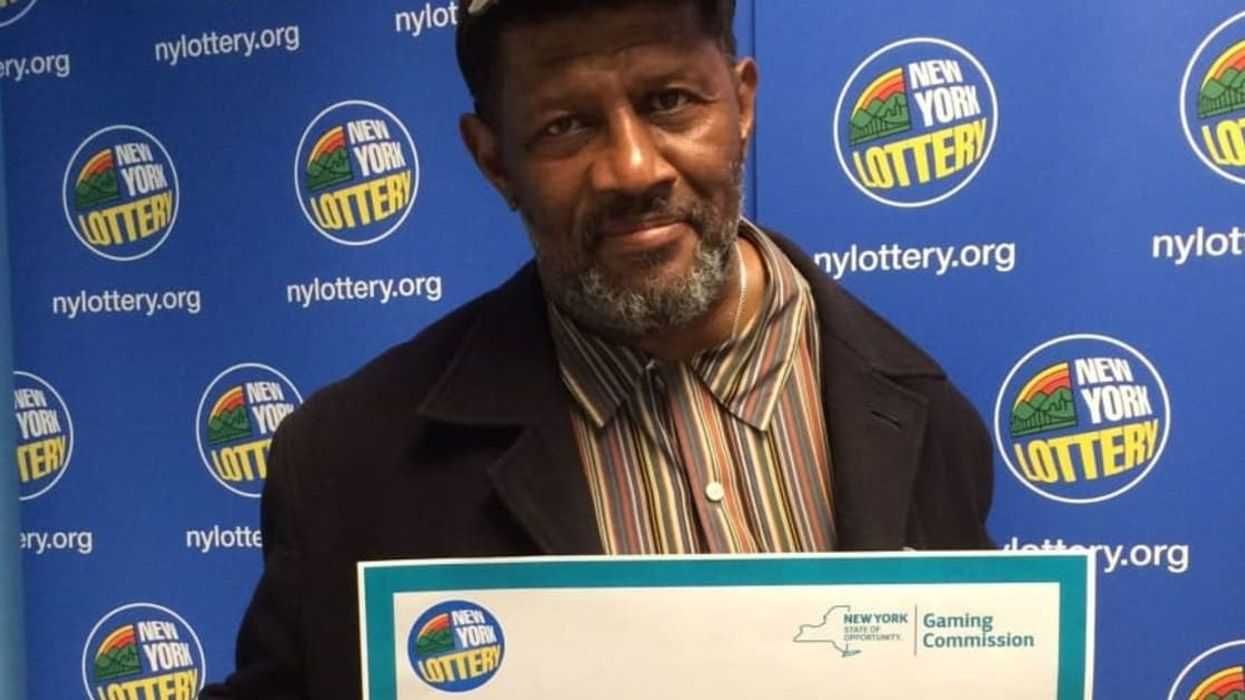The film adaptation of Dr. Seuss’ The Lorax comes out on Friday, and conservative pundits fear the movie will inculcate America’s children with a passion for the environment. But even if Lorax-loving children do get their hands on a copy of the original Seuss book, whose environmental is stronger than the movie, it's likely to stand out from the rest of their picture books just by depicting nature at all.
Children’s books with an explicit environmental message have always been rare, but a new study shows that, over the past few decades, fewer children’s books have included any images of nature. A team of sociologists examined Caldecott Award-winning books from 1938 to 2008 and found that, starting in the 1960s, built environments—a house, a store, anything constructed by humans—became much more common settings than the natural world. “Natural environments have all but disappeared,” the authors write.
“The environmental movement got into full swing around the 1960s and 1970s. I was really hoping that what we'd see was an increase” in natural environments, says Allen Williams, the paper’s lead author. “But what we were seeing was no, it's not increasing.”
Earlier studies found that books about gender and race began to depict greater equality in the wake of increased awareness about the issues. But environmental issues showed the opposite effect: While awareness of the environment's importance has increased over time, picture books increasingly show a world that humans had shaped. The study also found that characters' interactions with both domesticated and wild animals decreased.
One award-winner did stand out for its connection with nature: Gone Wild: An Endangered Animal Alphabet Book, which won the Caldecott Honor award in 2007. In the book, O stands for owl and is represented by a spotted owl head. G is a swan goose, whose wetland habitat has been disappearing. Gone Wild was one of the only books considered in the study that “expressed any concern or provided any information regarding an environmental problem,” the study’s authors found.
Williams worries that this shift is affecting how children relate to nature. Books are powerful forces—especially for children, who might latch onto one influential book and read it over and over again. “They tend to shape the way we see the world,“ he says. “If you don't know anything about the natural environment, how can you care about it? You can even be afraid of it.”
Photo via (cc) Flickr user VividImageInc
















 Otis knew before they did.
Otis knew before they did.